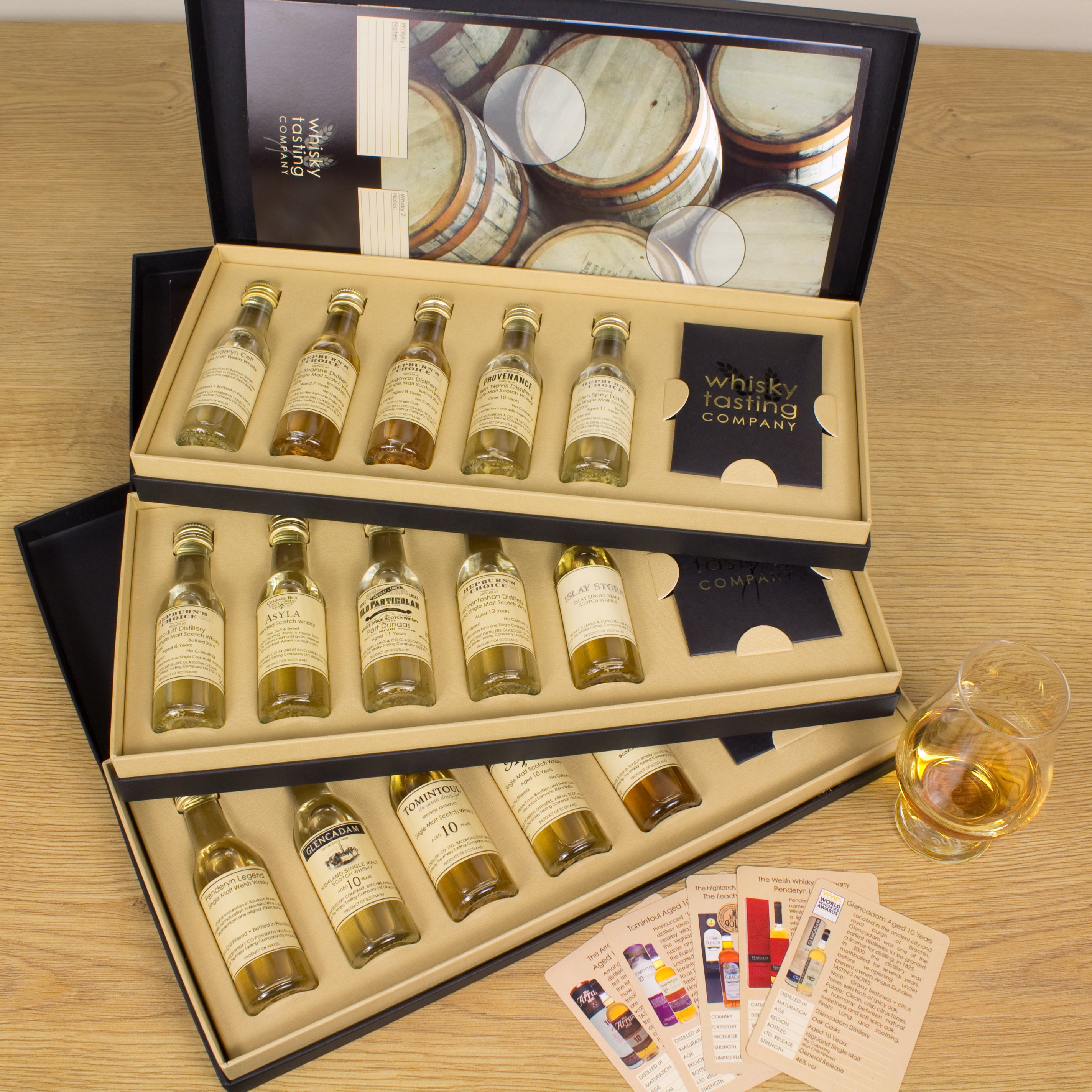Do old whiskies taste better?

Take a look at any whisky list and you’ll see that older bottles tend to be more expensive. But why? Does whisky really get better with age? Are they worth the extra money?
Of course, taste is subjective. A tipple that tastes exquisite to one whisky lover, may taste underwhelming (or even unpleasant!) to someone else – and it often comes down to personal preference. But there’s no denying that old whiskies are softer, smoother, and more complex. And a well-aged dram will yield flavours that a young whisky simply cannot. Here we explore some of the reasons why.
Changes in the production method
Over the last 50 years, whisky production methods have changed in three key ways:
1. Maltings
Many distilleries used to have their own maltings, which gave them full control over the whisky-making process – allowing them to determine the germination period, peating level, and yield, and develop their own character. But this was incredibly labour-intensive and inefficient, so most distilleries now use commercial maltings instead.
2. Heat source
Rather than using directly-fired stills – whereby the heat source is placed underneath the still and lit – most distilleries have now moved to internal heating. This helps to save both energy and money.
3. Cask
Understanding of the whisky ageing process has improved significantly in the last 50 years. Distilleries now realise just how much the size, age, quality, and fill of a cask can impact the final taste. Armed with this knowledge, they’re able to make an informed choice about the type of cask they use for a particular recipe.
Collectively, these changes to the production method have led to changes in the flavour of the whisky. They may be more efficient and cost-effective, but they also alter the character of the final spirit. And this is one of the main reasons why an aged whisky, distilled in the 1970s, will differ from the same expression made three years ago.
The importance of the whisky barrel
Older whiskies also taste different due to the length of time spent in the barrel.
As soon as the whisky enters the barrel, changes begin to occur. The toasted or charred oak acts like a sieve, trapping and removing large molecules of alcohol. But for the whisky to actually absorb any flavour, it must be in contact with the wood for at least three years. The longer it stays there after that period, the stronger and more complex the flavour becomes.
Over time, the whisky will also mellow out and grow much smoother, as more of the alcohol molecules are removed. As long as the barrel is stored in the right conditions, an old whisky will almost certainly deliver complex yet subtle flavours – offering a longer aftertaste that has built up over the many years of maturation. Whether you prefer this to the sharpness of a younger whisky is completely up to you.

Fancy trying some aged whisky?
Available for just £69.35, our Old and Rare Scotch Whisky Set is a fantastic introduction to aged whisky – allowing you to sample a few different drams (without the expense of the full bottles!) and decide for yourself if old whiskies really do taste better.
The set currently features five aged single malts and grains, three of which were drawn from a single oak cask. These include:
- Cameronbridge Aged 40 Years
- Tamnavulin Aged 27 Years
- Teaninich Aged 19 Years
- Big Peat The Black Edition Aged 27 Years
- Tomintoul Five Decades Single Malt
You’ll receive 30ml measures every time, which is just the right amount to experience the individual taste and savour the deliciously complex flavour of each. The set also contains a series of tasting cards, with interesting facts about the distillery and notes to guide your tasting session, as well as a luxury whisky tasting mat.
So, why not treat yourself? Order yours today, introduce yourself to the world of old and rare whiskies – and be sure to let us know what you think. Or if you have any questions about old whisky and the set available in our store, please feel free to get in touch at any time. You can either call us on 01743 247220 or fill out our online form and we’ll get back to you.





